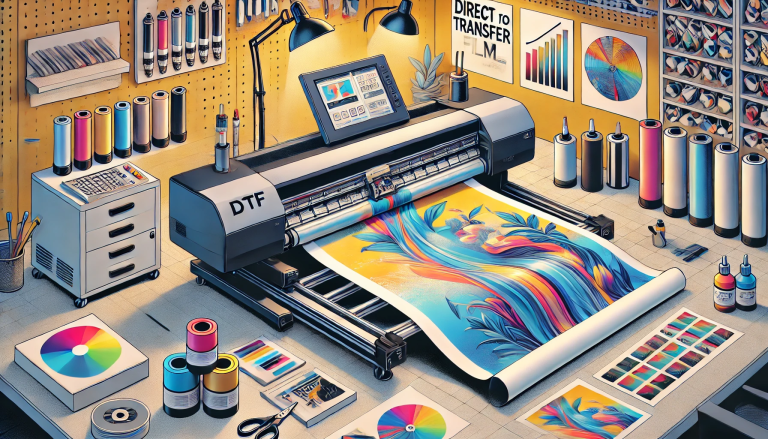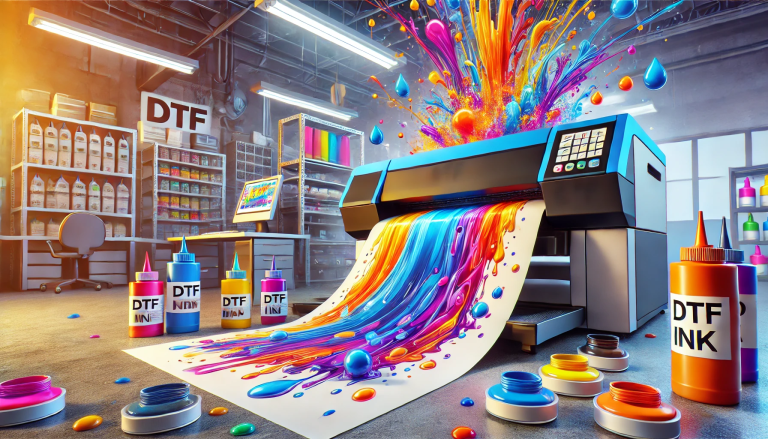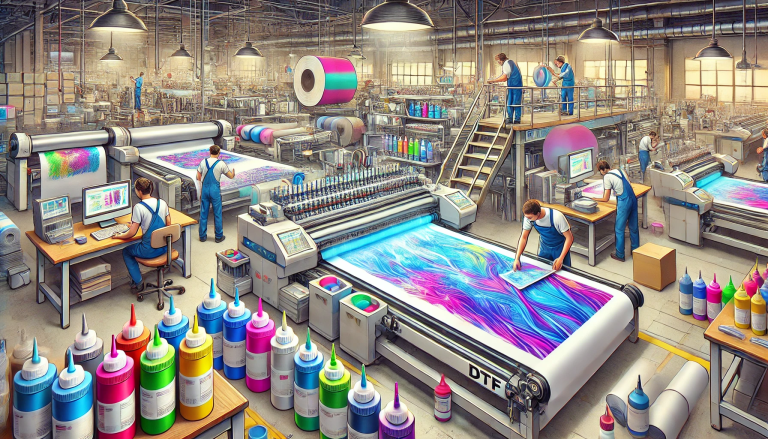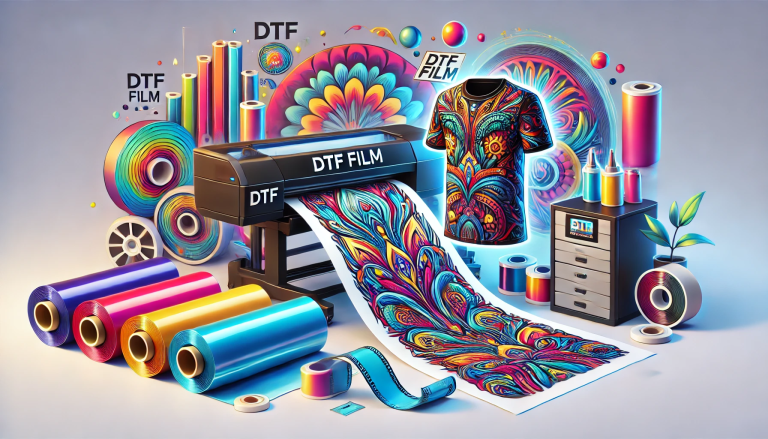Introduction:
UV Direct to Film (DTF) printing is one of the most innovative and versatile techniques to have emerged in the digital printing industry. This method has effectively streamlined the process of printing on various substricorporates the use of ultraviolet (UV) curing technology, DTF allows for high-resolution prints, vibrant colors, and long-lasting results on a multitude of surfaces. To fully utilize the potential of UV DTF printing, it’s vital to have the right software that complements this technology. This article will guide you through the essential software you need for UV DTF printing.
- RIP (Raster Image Processor) Software:
The first critical piece of software for UV DTF printing is a Raster Image Processor (RIP). This application manages the translation of computer-generated vector files into raster graphics that a printer can understand and execute. Some popular RIP software options include Wasatch SoftRIP, EFI Fiery XF, and Onyx Graphics.
RIP software is crucial for managing color, optimizing print quality, and controlling ink density, all of which are essential for achieving the best possible print with a UV DTF printer. It can also assist with large format prints, ensuring images do not lose their quality or sharpness when scaled up.
- Graphics Design Software:
Before you even get to the printing stage, you’ll need graphic design software to create the designs you intend to print. Adobe Illustrator and Adobe Photoshop are the industry standards for creating vector and raster graphics, respectively. They offer a robust set of tools for graphic design, image editing, and color correction.
For those looking for a free alternative, software like GIMP (GNU Image Manipulation Program) for image editing and Inkscape for vector graphics can also be effective tools in your design process.
- Color Management Software:
Color management software is another crucial part of the UV DTF printing process. This software ensures color accuracy and consistency across different devices (like your computer screen and printer), under various lighting conditions, and on different materials. A widely used color management software is X-Rite’s i1Profiler. It creates custom color profiles, ensuring that what you see on your screen is what gets printed.
- Pre-Press Software:
Pre-press software helps you optimize your design for the printing process. It allows you to fix any issues in your design that could lead to printing errors, like missing fonts or image resolution problems. Some examples include CorelDRAW, Esko ArtPro+, and Kodak Prinergy.
- 3D Modeling Software:
If you’re looking to print on three-dimensional objects, you might need a 3D modeling software to accurately map your design onto the object. Software like Blender or AutoCAD can help create a model of the object you’re printing on, allowing you to precisely place your design.
Conclusion:
Embracing UV DTF printing can revolutionize your printing capabilities, but to fully harness its potential, having the right software is essential. From design creation to rasterizing graphics, color management to pre-press optimizations, every step of the process requires software that can handle the task. While this may seem daunting at first, each software component plays a crucial role that ensures the end product is of the highest quality. With the right software and a little bit of practice, you can master UV DTF printing and create stunning, long-lasting prints on virtually any surface.







